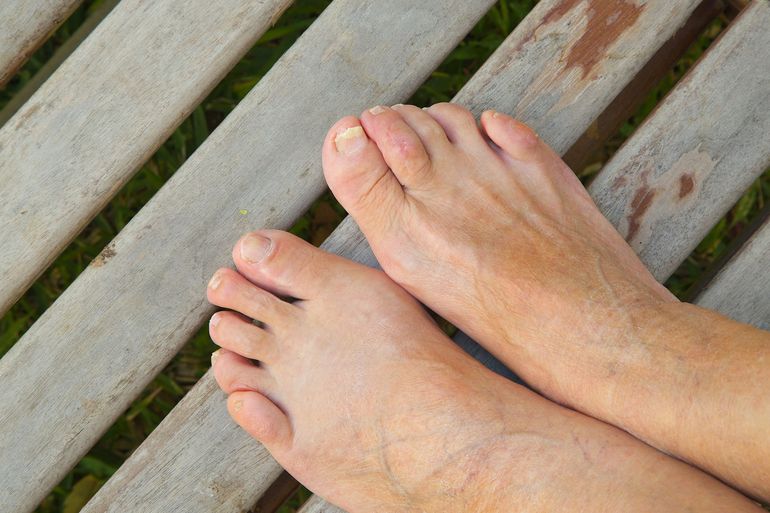The Centers for Advanced Orthopaedics is redefining the way musculoskeletal care is delivered across the region with locations throughout Maryland, DC, Virginia and Pennsylvania.
How To Treat A Bunionette On Your Pinky Toe

If you’re on our blog, you’re probably pretty familiar with bunions and how they impact your big toe joint. However, you may not be familiar with the lesser-known condition known as a bunionette. Similar in pathology, a bunionette is the formation of a bony prominence on the metatarsal bone where it meets the bone of your pinky toe, and just like a formation on your big toe, the problem typically only gets worse if left untreated. Below, we take a closer look at bunionettes and how we can help you treat them.
Bunionette Causes And Symptoms
Although they occur on different parts of the foot, bunions and bunionettes share a number of characteristics. Like a bunion, a bunionette is most often caused by pressure on the foot from ill-fitting footwear. If you have a narrow toe box or tight work shoes, the metatarsal bones in your feet are going to be handling a lot of inward pressure with each step you take. Over time, this can cause inflammation or the formation of a bony prominence at the fifth metatarsophalangeal, which means a bunionette is not far behind. Certain genetic factors can also increase your risk for bunionette onset, but improperly fitting footwear is far and away the greatest factor for bunionette onset.
Symptoms of a bunionette include:
- A visible bump on the outside of your pinky toe at the base
- An inward turning of your pinky toe
- Pain
- Redness
- Swelling
- Callus development at the site of the bump
While pain is a symptom of a bunionette, not every bunionette is painful. Many minor bunionettes or those in the beginning stages are more identifiable by their physical appearance than by pain. It’s important to look for these physical symptoms, because the earlier the problem is addressed, the higher the likelihood that treatment will be successful.
Treating Bunionettes
You can get a pretty good idea of whether or not you’re dealing with a bunionette by looking for the above symptoms, but our team can provide a precise diagnosis if you’d like to have it examined by a professional. Oftentimes this can be achieved with a physical examination, and imaging tests may be ordered to determine the extent of the joint dysfunction and how to best treat the condition.
Fortunately, the majority of bunionettes can be treated successfully with conservative treatment options. Given the nature of their onset, the most obvious treatment includes switching to a more comfortable footwear option that does not put excessive pressure on the toe box. Wider shoes or sandals can help take pressure off your toe joints, and this can help prevent a bunionette from becoming painful and symptomatic.
Your doctor may also recommend that you use padding inside your shoes to help reduce direct pressure to the little toe joint. Inflamed bunionettes also respond well to icing and anti-inflammatories to help reduce the swelling. In rare cases where the bunionette is severe, a minimally invasive realignment procedure may need to be performed. These operations have a high rate of success, but most patients don’t need to progress to this stage of treatment because conservative care helps them get the condition under control.
For more information about treating bunionettes, or to have your foot examined by our team or specialists, reach out to The Centers For Advanced Orthopeadics today.